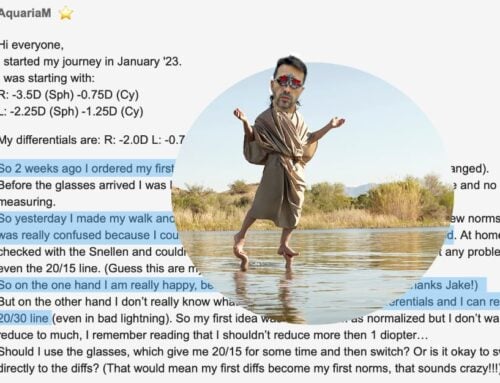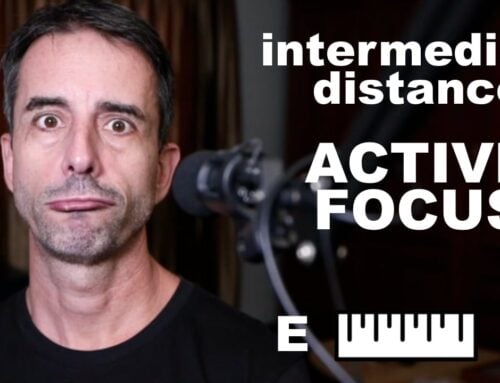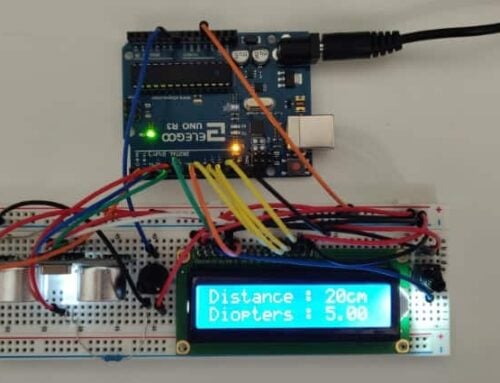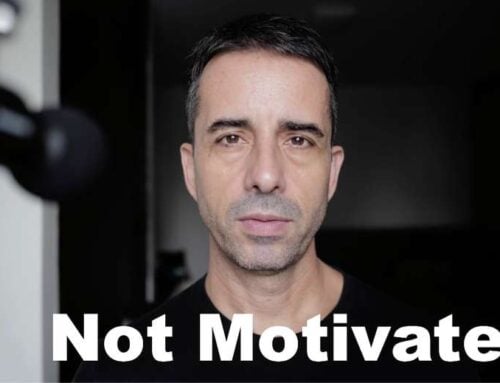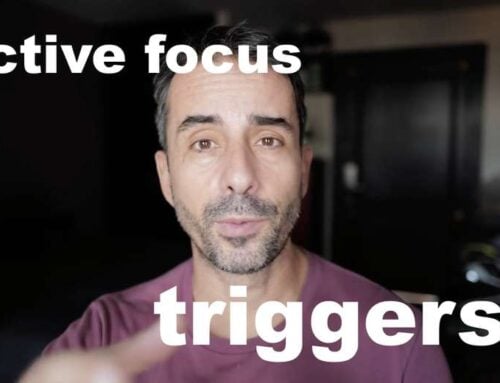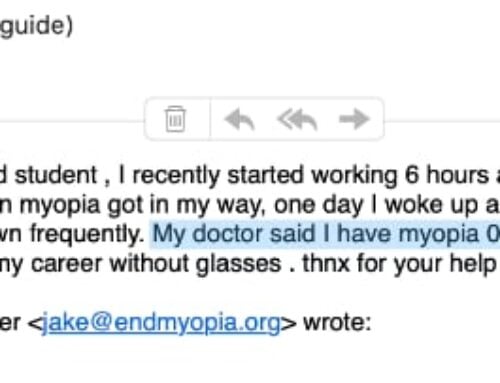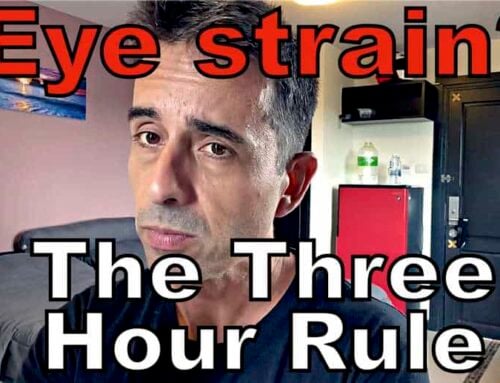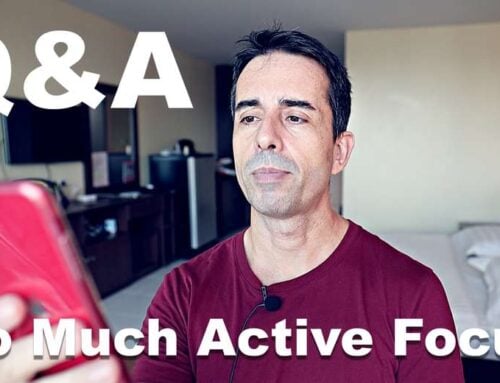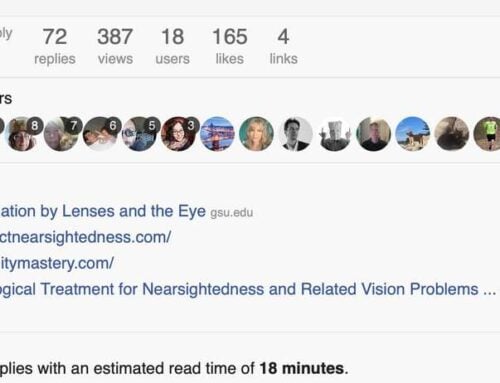If you have done the vision improvement course, you noticed this: There is a whole lot of content in the first month. Some of it doesn’t make all the sense in the world, at the time. I spent a lot of time considering how to best structure the course, and decided that I need to put everything you really need, into the first month. So there’s quite a bit going on there, some of which doesn’t add to your experience until later on.
One of those things is how I recommend you measure and log in two ways: centimeter, and Snellen / eye chart.
There are several reasons for this. One that will matter to you before long, is the interesting way your eyes improve in spurts rather than consistently, and often measurably in either centimeter or Snellen (but not both).
If you end up consistently working on improving your eyesight, you will absolutely run into this sooner or later. And if you are like many of the thousands of clients I worked with in the past, you’ll be mostly noticing of how you are not improving in either centimeter, or Snellen. Or rather, you do notice both, but you focus on the side where you are not seeing improvements.
This is entirely normal. And it’s easy for me to point out where you are actually doing exactly as you should be – as long as you are keeping a log of both close-up and distance vision (even one or two logs a month are plenty!).
Of course as with all aspects of the program, there is a reason for everything I suggest. If this was an exercise-centric approach (like Bates or many of the Internet schemes), your short term experiences would be important to keep you going. Doing it the #endmyopia way, where habit changes define the process, the measurements are just encouragement and a tool to fine-tune. Still, you will definitely run into those times where you notice something like what Sara posts in the forum today:
![]() Sigh. For a while, I thought my eyes were doing pretty well, but I’m afraid that lately things have been getting worse.
Sigh. For a while, I thought my eyes were doing pretty well, but I’m afraid that lately things have been getting worse.
I have some data from June:
June 23:
Both eyes – 35/36
Right – 36
Left – 37
June 24:
Both eyes – 35-37
Right – 34
Left – 33
June 27:
Both eyes – 37
Right – 35
Left – 37
Then I have some July data:
July 1:
Both eyes – 35
Right – 33/34
Left – 33/34
July 11:
Both eyes – 34
Right – 31
Left – 32
July 12:
Both eyes – 35
Right – 32
Left – 34
July 13:
Both eyes – 35-37
Right – 33
Left – 33
July 14:
Both – 35
Right – 32
Left – 33
The numbers seem to be worse in July than June.
Also, my blur zone seems to have shrunk with the -2 glasses. In June, the -2s were giving me over 80 cm in the morning. Now they are typically giving me 75 cm or so.
The weird thing is that I don’t do a lot of close-up in my day. When I am working (and I just finished working 6 days in a row), I am in a large room with lots of print at a distance. Sometimes I am on the computer, but usually I am not in close up situations. Although, the lighting is pretty awful.
I wonder if it was a mistake to switch from my -3.75/-4.00 glasses to my -3.50/-3.75 glasses on July 8.
I’ve also been doing some single-eye focus pulling/pushing work, by patching my left eye and using only my right. I wonder if that’s taxing my vision, and if so, if that’s a temporary thing that will improve.
Lately I’ve found it easier to focus pull (e.g. I can make menu items on walls come into focus, I can make signs at grocery stores clear up, etc.), but my cm measurements are lower than before! On the other hand, the morning Snellen measurements seem okay. I am getting 20/25 and 20/20 without much effort.
I don’t know what’s going on here.”
***
Sara is doing all the work for me in coming up with articles and topics for you!
See all the things she is doing right, here. She has a log. She observes both centimeter and distance results (and with distance, even the experience with objects at known and consistent distances are fine – it doesn’t have to be an eye chart, as long as you have a basis for comparison over time).
And as we all do sooner or later, there is some second guessing, that often happens with a prescription change, especially when there is also a dip in results for close-up or distance.
Here is what I write in response:
![]() Biology is a funny thing. We have strain, we have stimulus, we have some prescription changes. Single eye work. Other factors, no doubt, which can easily lead to paralysis by analysis (diet, stress, lighting, etc).
Biology is a funny thing. We have strain, we have stimulus, we have some prescription changes. Single eye work. Other factors, no doubt, which can easily lead to paralysis by analysis (diet, stress, lighting, etc).
The effects of change are almost never linear. You might go a month or two without a single bit of improvement, and then suddenly gain 5 centimters in a week. You might be tempted to try to see what you did different – but it’s just the body’s way of responding on its own terms. I have some good metrics to predict these things, though that requires a lot more data from the logs to be useful.
What you will want to do:
Avoid making more changes. As long as you don’t feel more strain specifically, keep things just as they are for a few weeks. 4-6 weeks after any prescription change tend to be difficult to predict in terms of progress. Don’t change again, since that will just cause your eyes and brain to get more confused about the changes in focus and stimulus.
Also consider that your accommodated vision (close-up) can behave differently from your distance vision (which is why we use both Snellen and centimeter in the log). For now, just enjoy your improvements with focus pulling, and do as much of that as you enjoy. Keep the patching activity to 15 minutes or so at most, no more than twice a day. Just a little bit goes a long way there (and takes some time to manifest results).
The times that you feel that you are making good distance vision progress are the best times. That’s what you are really working towards, that is the very reason for this whole activity. Enjoy the progress you are noticing there, don’t worry about the centimeter! (but do keep track, once or twice a month)”
***
Make sense?
Focus on where you are getting the improvements, and push for more there. When you don’t get better centimeter, relax on the close-up stimulus activities, and go for relaxing, strain-reduction priority. Just a bit of this, without making a whole lot of sudden changes. Just realize you got a prescription change recently, and cut a line between persistent habit, and reducing pushing for improvement on that front. At the same time, do go for more on where you are seeing improvement. In Sara’s case, getting better distance vision suggests room for pulling more focus. Your eyes are guiding you quite clearly here once you know to interpret the message. Here the message is, less close-up stimulus please, and more distance vision!
And lastly, you don’t want to get too hung up on short term results. We aren’t day trading in vision improvement – it all comes in waves, and primarily we want to stay in good habits and use the log as a longer term reference.
Enjoy!




